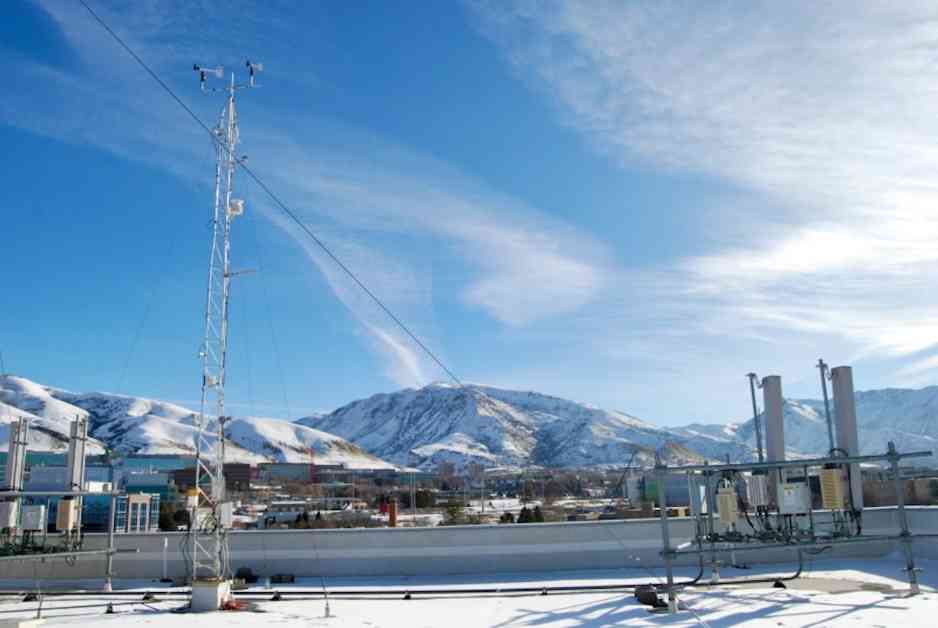Study Reveals Geoengineering Technology Ineffective in Removing Methane from Atmosphere
A groundbreaking study conducted by atmospheric scientists at the University of Utah has shed light on the effectiveness or lack thereof of a proposed geoengineering solution to combat methane emissions in the atmosphere.
Hydrogen Peroxide Solution Falls Short in Reducing Methane Levels
The study focused on the use of hydrogen peroxide as a means to oxidize methane emissions and improve air quality. Researchers used a global chemical-transport 3D model to simulate the deployment of aerosolized hydrogen peroxide from 50 towers positioned across North America. Despite the ambitious nature of the proposal, the results were disappointing.
According to the study’s findings published in the journal Environmental Science & Technology, the application of hydrogen peroxide did not significantly reduce methane levels in the atmosphere. In fact, there were concerns that the technology could potentially exacerbate particulate matter pollution in regions already struggling with poor air quality.
Lead researcher Jessica Haskins, an assistant professor of atmospheric sciences at the University of Utah, expressed skepticism about the viability of this approach. She emphasized that the proposed solution failed to address the magnitude of methane emissions, stating that a staggering number of towers would be required to make a meaningful impact on reducing anthropogenic methane.
Challenges in Oxidizing Methane through Geoengineering
The study highlighted the complex interactions between hydrogen peroxide, methane, and other compounds in the atmosphere. While hydrogen peroxide can generate hydroxyl radicals that aid in converting methane to carbon dioxide, the process is not as straightforward as initially envisioned. The researchers found that hydroxyl radicals tend to react more readily with other atmospheric components, diminishing their effectiveness in targeting methane molecules.
Implications for Climate Change Mitigation
The study’s conclusions raise important questions about the feasibility of geoengineering technologies as a solution to greenhouse gas emissions. While the use of iron-salt aerosols and hydrogen peroxide continues to be explored by various entities, the study underscores the need for comprehensive research to assess the environmental impacts of these interventions.
In a rapidly changing climate landscape, the study serves as a reminder that addressing methane emissions and other greenhouse gases requires a nuanced and multifaceted approach. As researchers continue to investigate potential solutions, the importance of considering both the intended benefits and unintended consequences of geoengineering technologies cannot be overstated.
As we navigate the complexities of climate change, it is crucial to approach environmental challenges with a critical eye and a commitment to scientific rigor. The quest for sustainable solutions demands collaboration, innovation, and a deep understanding of the intricate interplay between human activities and the natural world.














